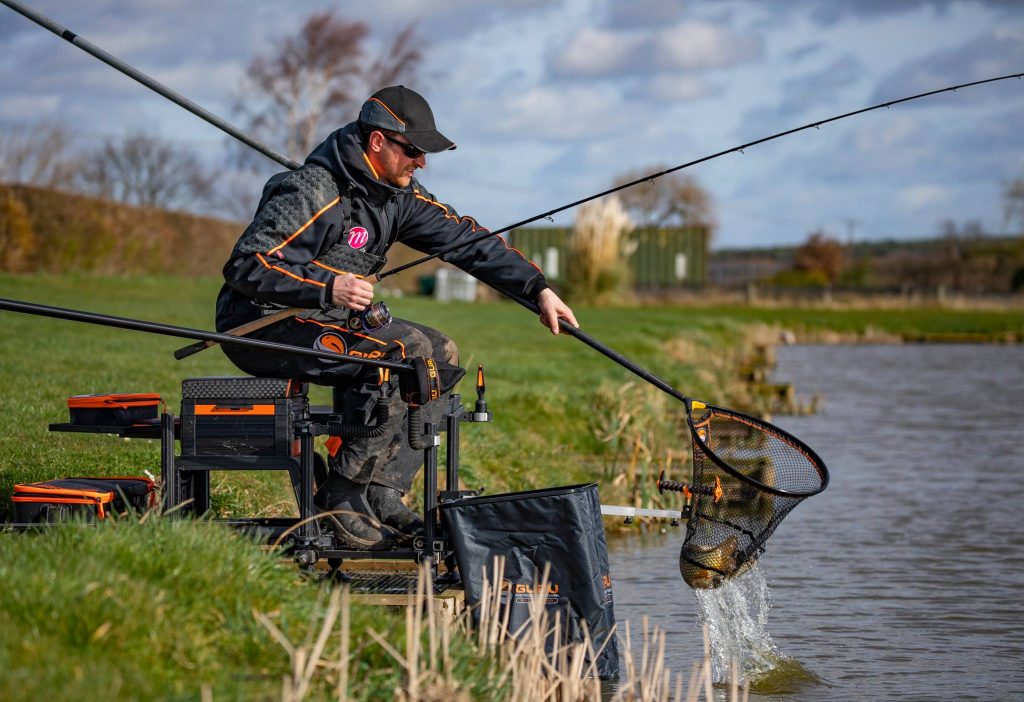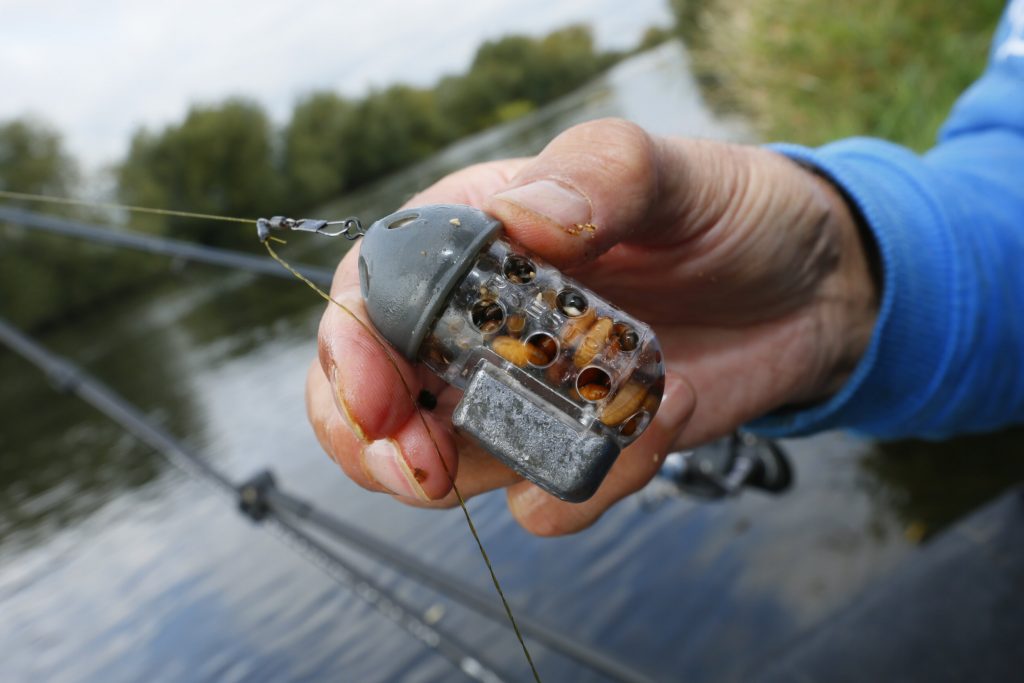The feeder is one of the most important elements of the feeder equipment. And, in general, feeding the fish is extremely important in the process of catching fish: it allows you to significantly increase the bite. Roughly speaking, you are like a magnet attracting fish to the place where you are going to do fishing.

HOW TO CHOOSE THE RIGHT FEEDER FOR FISHING?
Feeders come in feeders, designed for float fishing and for winter fishing. And we will talk, in particular, about feeders.
Feeders, as a rule, differ from each other by a number of parameters, which should be used when choosing. At a minimum, they differ from each other shape. Square and round – the basic forms of cross-section feeders. There are also triangular, but they are not too effective and are used quite rarely.
Understanding the importance of volume comes with time. The larger the volume of the feeder, the more bait you can put in it. Plus, it all depends on what kind of fish you are going to catch. For example, small feeders (volume up to 30 ml) are mainly used for fearful fish and bodies of water of shallow depth. Suitable for small rods.
OPEN FEEDERS ARE USED FOR VISCOUS BAIT
Medium feeders (up to 70ml) are the most versatile: you can take them when you do not know what to choose. It is possible to lower the feeder to the place of bait quite silently, without scaring the fish in any way. The largest feeders (more than 70 ml volume) are used for catching large fish with a long break between throws. This volume allows to deliver the feeder to the feeding place rather quickly. Great for bream or carp in particular.
More or less bait may be needed:
- At the beginning of fishing it is customary to quickly deliver a large amount of feed to the point of fishing. And then by small batches of bait “maintain” the point.
- In cold water (less than 15 degrees) you need less feed, and in warm water more.
- Carp, bream, crucian carp – like to eat and require more food. Clam, roach – less.
- On the current, on the river you can bait a lot, without fear of overfeeding the fish. On a reservoir with standing water bait needs less.
- Therefore, in addition to weight and shape, it is better to have in the range and several different volumes. Experiment, because if the bite is not good, then perhaps it’s in the wrong bait and, in particular, in poorly selected feeder.

CLOSED OR OPEN BAIT BOX?
This is also an important question that should be taken into account in the selection process. Again, a few years ago there were many feeders on sale with a lid on one end. Doner anglers, saving bait, considered such a lid necessary. But for feeder it is better to use open forms. Let the bait wash out freely, bait the point of fishing. That is the essence of feeder fishing.
ARE GRIT HOOKS NEEDED?
Designed such spurs on the sinker for better retention on the bottom. In practice, it is not noticeable. If they are there, they won’t hurt, but if not, don’t get upset. So – here – choose according to your taste.
FLAT FEEDERS: WHAT IS IT?
A special kind of construction with a flat sinker and ribs for anchoring bait. They are used in fly-fishing. This is a slightly different type of fishing for standing water. Differs from the classic technique and tactics of feeding bait with bait. Worth a try – as a rule, the use of such a feeder provides excellent catching.
A big role when choosing a feeder is played by the body of water on which you are going to fish. If it is a river – the square shape of the feeder is best. If it is a body of water without a current, for example – a lake, it is well suited “spring” or “spiral”, as well as round feeders. And feeders “bullets” are excellent for fishing at long distances.
The weight of the necessary feeder, again, depends on what kind of fish you are going to catch. Metal ones are heavier, suitable for fish that need to be fed closer to the bottom. Plastic ones are lighter, so they are better suited for fish that live closer to the water surface.
